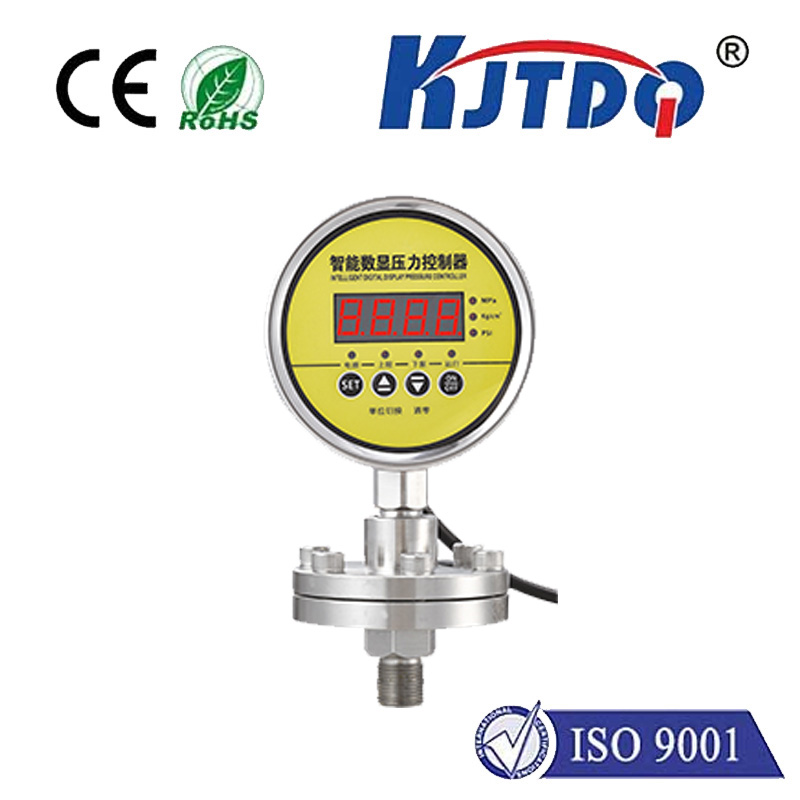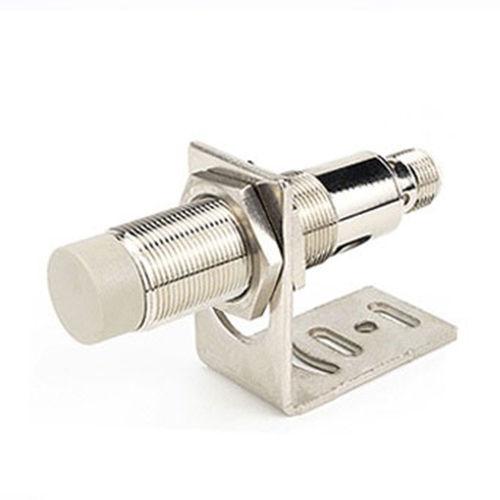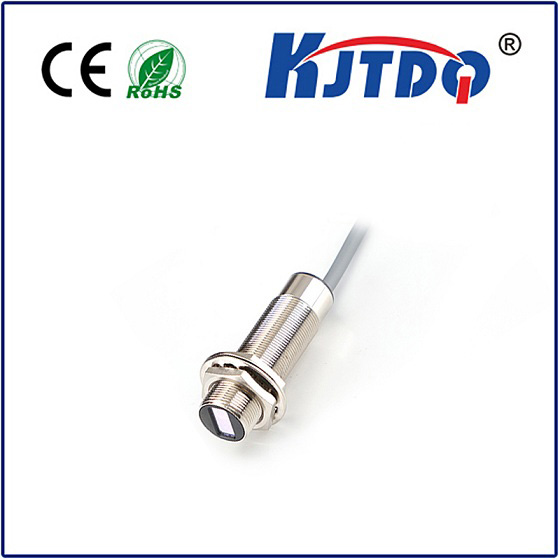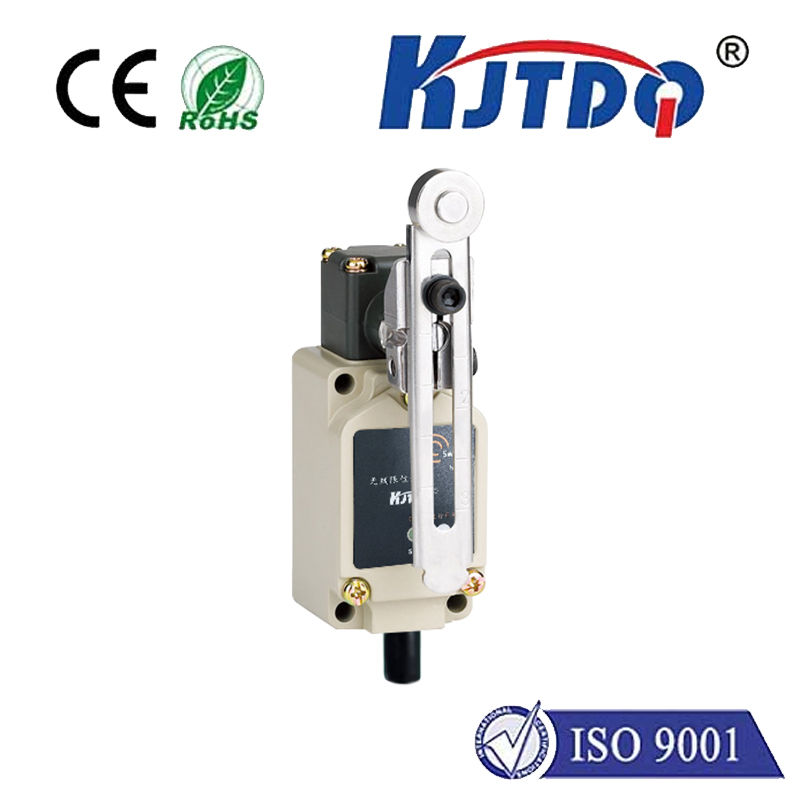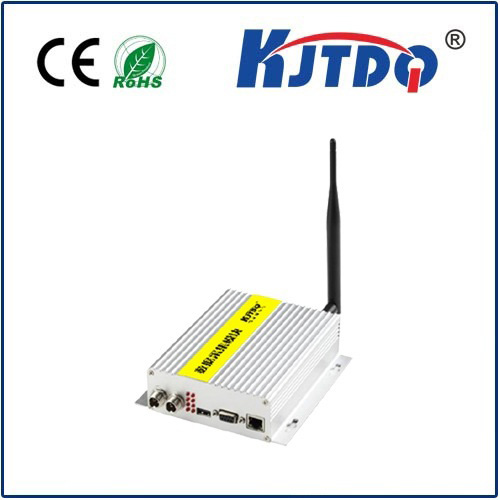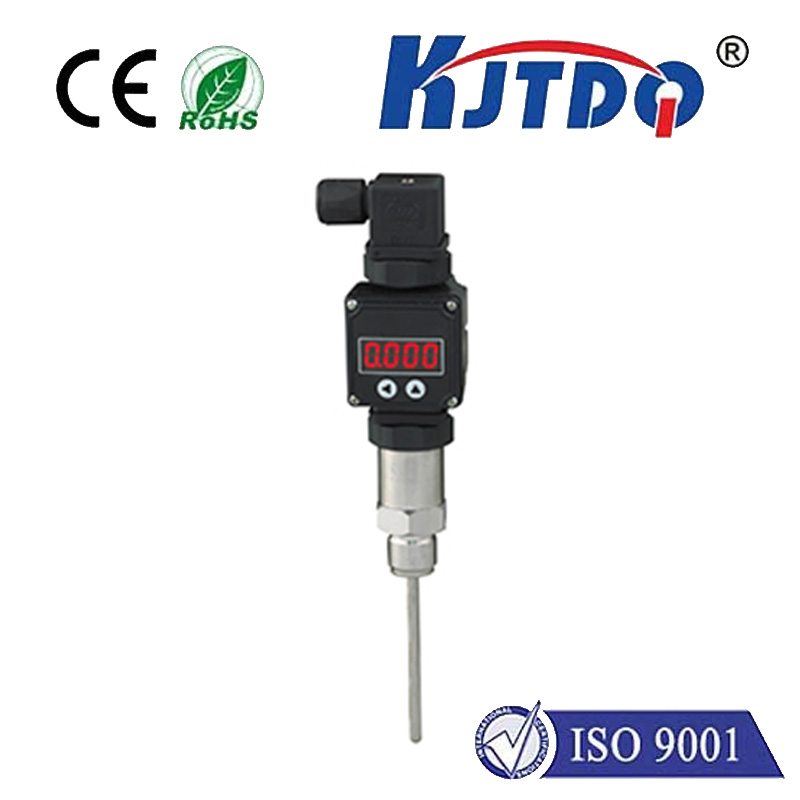Лазерная система безопасности LDR
- time:2025-03-20 00:22:45
- Нажмите:0
LDR Laser Security Systems: The Future of Intrusion Detection and Protection
In an era where security threats are evolving faster than ever, homeowners and businesses alike are seeking cutting-edge solutions that blend reliability with innovation. Enter LDR laser security systems—a technology that combines the precision of lasers with the adaptability of light-dependent resistors (LDRs) to create a robust defense mechanism against unauthorized access. Whether you’re safeguarding a high-value facility or simply want peace of mind for your family, this system offers a unique balance of affordability, accuracy, and scalability. Let’s explore how this technology works, why it’s gaining traction, and how it could redefine modern security protocols.
How LDR Laser Security Systems Work: A Seamless Fusion of Light and Detection
At its core, an LDR laser security system relies on two primary components: a laser emitter and a light-dependent resistor (LDR). The laser emits a concentrated beam of light directed toward the LDR sensor, which continuously monitors light intensity. When the beam is uninterrupted, the system remains idle. However, if an intruder crosses the laser’s path—disrupting the light reaching the LDR—the sensor triggers an immediate alert.
This setup’s brilliance lies in its simplicity. Unlike traditional motion detectors that rely on infrared or sound waves, laser-based systems minimize false alarms caused by pets, falling objects, or environmental factors. The LDR’s sensitivity can also be calibrated to detect even subtle disruptions, making it ideal for both indoor and outdoor applications.

Why Choose LDR Laser Systems? 5 Unbeatable Advantages
- Precision Beyond Compare
Laser beams operate at specific wavelengths, allowing for pinpoint accuracy in detecting intrusions. This eliminates the guesswork associated with broader detection methods.
- Cost-Effective Scalability
LDR components are inexpensive and widely available. Scaling the system to cover larger areas—like warehouses or perimeter fences—requires minimal additional investment.
- Низкое энергопотребление
Unlike 24⁄7 surveillance cameras, laser systems consume significantly less energy. Paired with solar panels, they can operate off-grid indefinitely.
- Weather-Resistant Performance
Modern lasers and LDR sensors are designed to withstand rain, fog, and temperature fluctuations, ensuring year-round reliability.
- Stealth and Deterrence
Invisible infrared lasers can be used for covert security, while visible beams act as a psychological deterrent, warning potential intruders of active protection.
Applications: Where LDR Laser Security Shines
From residential properties to industrial complexes, LDR laser systems are versatile enough to adapt to diverse environments:
- Home Security: Install lasers across entry points like windows and doors. Integrate with smart home systems to receive instant smartphone alerts.
- Retail Stores: Protect high-theft areas such as display cases or storage rooms with undetectable laser grids.
- Critical Infrastructure: Secure power plants, data centers, or military installations with multi-layered laser barriers.
- Agricultural Monitoring: Safeguard farms from trespassers or wildlife using perimeter laser grids that don’t harm animals.
A real-world example? A museum in Berlin recently deployed an LDR laser system to protect priceless artifacts. By creating an invisible grid around exhibits, curators reduced tampering incidents by 92% within six months.
Integration with Modern Technology: Smarter, Faster, Stronger
What sets LDR laser security systems apart is their compatibility with emerging technologies. For instance:
- AI-Powered Analytics: Pairing lasers with AI algorithms enables the system to distinguish between human intruders and environmental interference (e.g., falling leaves).
- IoT Connectivity: Integrate laser sensors into IoT networks for centralized control and real-time data logging.
- Biometric Authentication: Combine laser triggers with fingerprint or facial recognition to create multi-factor security checkpoints.
As cybersecurity expert Dr. Elena Torres notes, “The future of physical security lies in hybrid systems that merge analog reliability with digital intelligence—and LDR lasers are a perfect starting point.”
Addressing Common Concerns: Is It Right for You?
While LDR laser security systems offer numerous benefits, they’re not without limitations:
- Line-of-Sight Dependency: Lasers require an unobstructed path between the emitter and sensor. Regular maintenance is needed to clear debris or vegetation.
- Initial Setup Complexity: Proper alignment of lasers demands technical expertise. Professional installation is recommended for large-scale deployments.
- Limited Coverage per Unit: Each laser-LDR pair covers a single line. Covering wide areas requires multiple units strategically positioned.
However, advancements like self-aligning laser modules and wireless synchronization are rapidly mitigating these challenges.
The Road Ahead: Innovations in Laser-Based Security
The global laser security market is projected to grow by 14% annually, driven by demand for non-lethal, high-accuracy solutions. Emerging trends include:
- Adaptive Wavelength Lasers: Systems that automatically switch wavelengths to evade tampering or environmental interference.
- Quantum Encryption: Using quantum properties of light to create unhackable security grids.
- Nanotechnology Integration: Ultra-compact LDR sensors for discreet placement in sensitive locations.
As industries prioritize intrusion detection systems that are both proactive and passive, LDR laser technology stands poised to become a cornerstone of next-gen security infrastructure.


